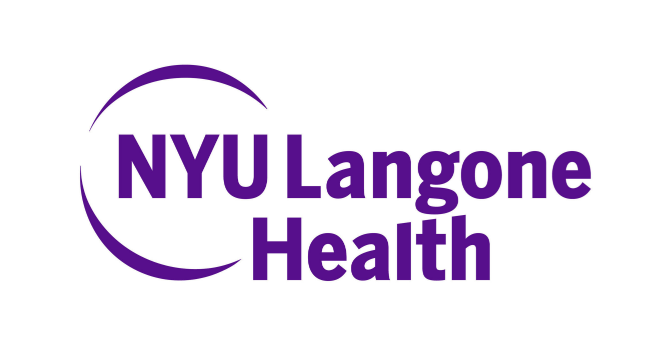
OR WAIT null SECS
Lenard Adler, MD: Improvements in ADHD Screening
Lenard Adler, MD, talks about some of the advances in recent years in screening for ADHD in adults and adolescents.
In the last decade, there have been several advances leading to better screening technologies for ADHD and other disorders, including a depression screener for DSM-5.
Lenard Adler, MD, the director of the Adult ADHD Program and professor in the Department of Psychiatry at NYU Langone Health, explained in an interview with MD Magazine® what some of the major advancements in ADHD screening were and what the main difference is between treating adults and adolescents with ADHD.
MD Mag: How has screening for disorders like ADHD improved in recent years?
Adler: So, there have been substantial improvements in the screening for ADHD and other disorders.
We've had a depression screener, which is now commonly used in primary care settings and we helped along with Dr. Ron Kessler at Harvard Medical School develop a screener first for DSM-4, which has now been updated for DSM-5.
It's a 6-item screener, it helps identify adults that are at risk for having adult ADHD. It's very good at identifying individuals that need further evaluation. It doesn't tell you if they have ADHD or not, it tells you they need further evaluation.
There's no shortcut in making the diagnosis, it does require a comprehensive evaluation.
MD Mag: How does ADHD treatment differ in adults and adolescents?
Adler: So, adults are not just grown up children. One difference between the treatment of adults and children, adolescents is that the treatment modalities are slightly different.
For children and adolescents, the use of psychosocial treatments is a bit more prominent, although we certainly use them very commonly in adults. But medications are more commonly used first-line for adults.
Additionally, the symptom presentations are different for adults as compared to adolescents and children. For adults, the symptoms of inattention, meaning the trouble paying attention, trouble focusing, easy distraction, misplacing items are more prominent.
The symptoms of hyperactivity, impulsivity those include moving about, fidgetiness, tend to fall back a little bit and the hyperactivity is more felt rather than manifested.
Related Content:



